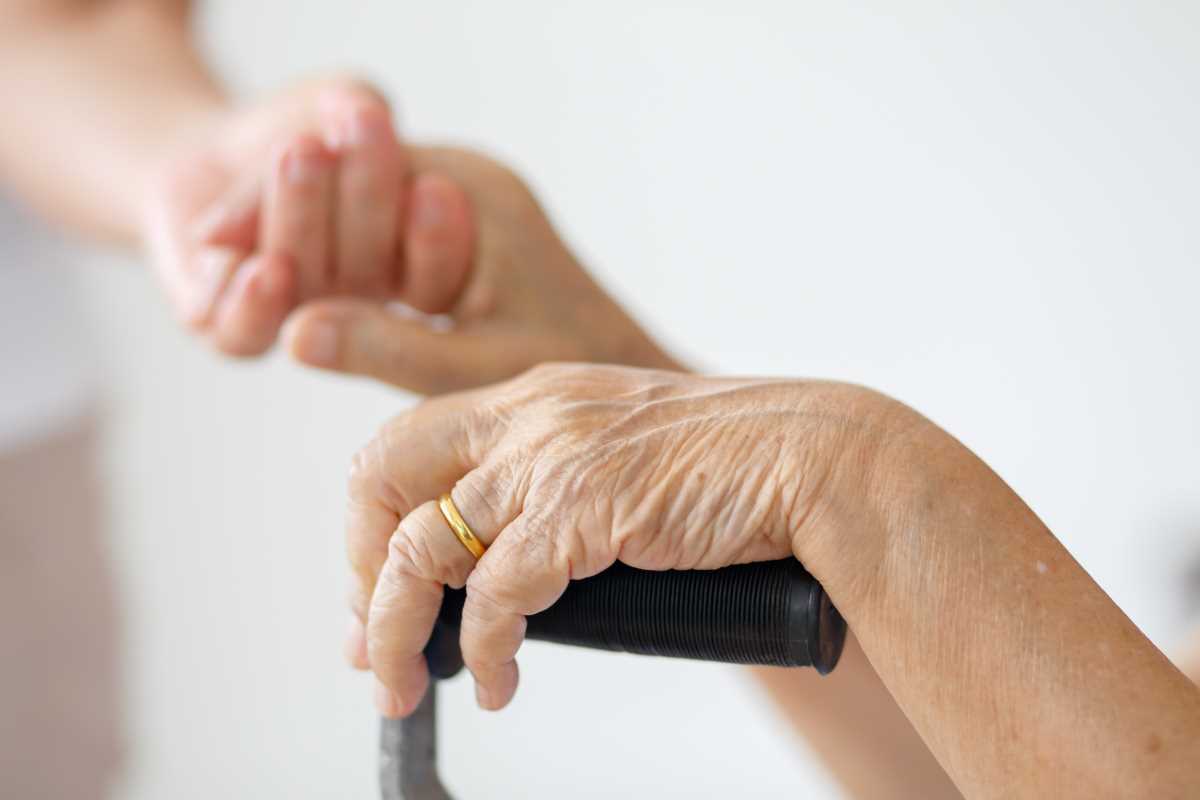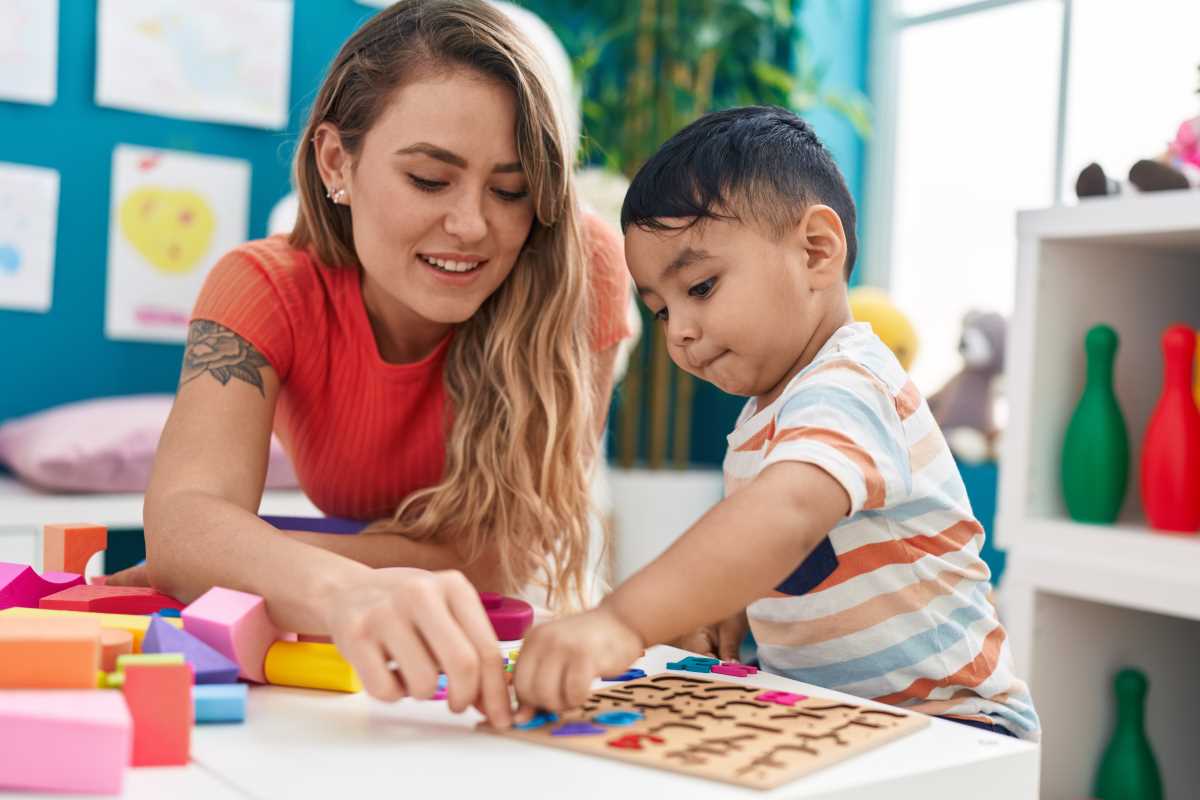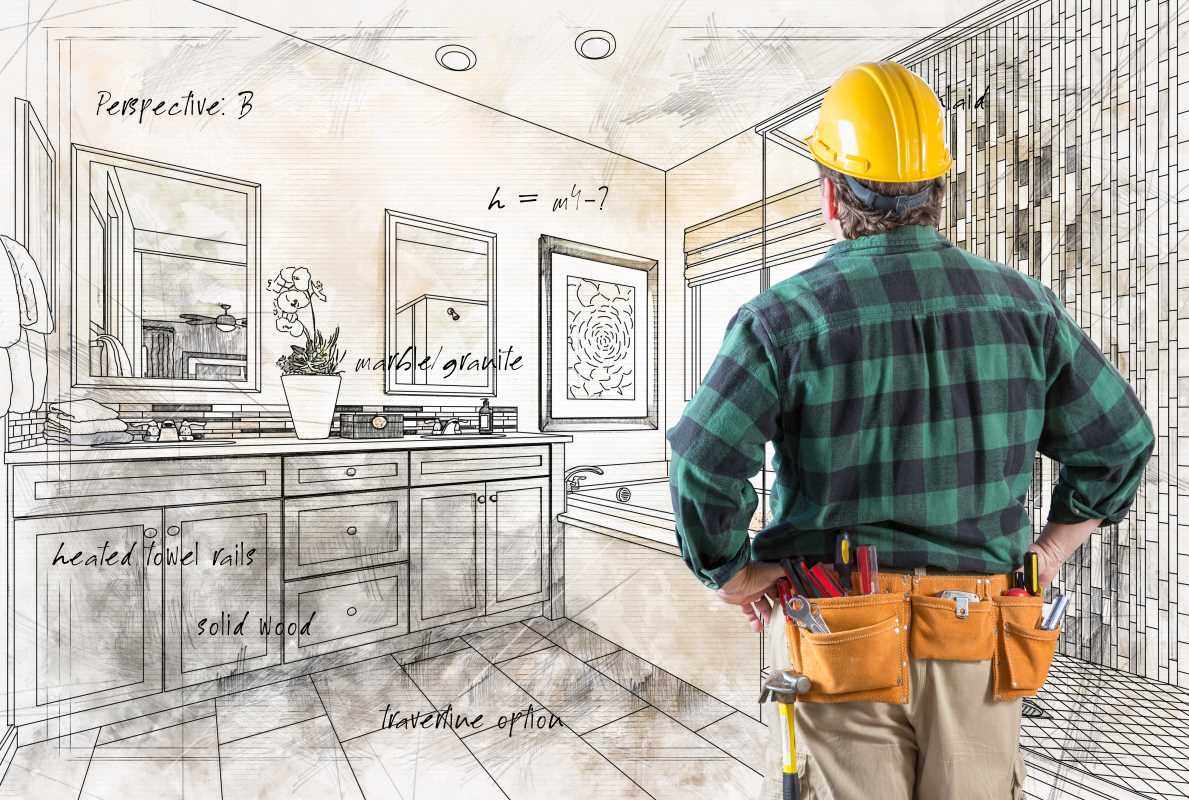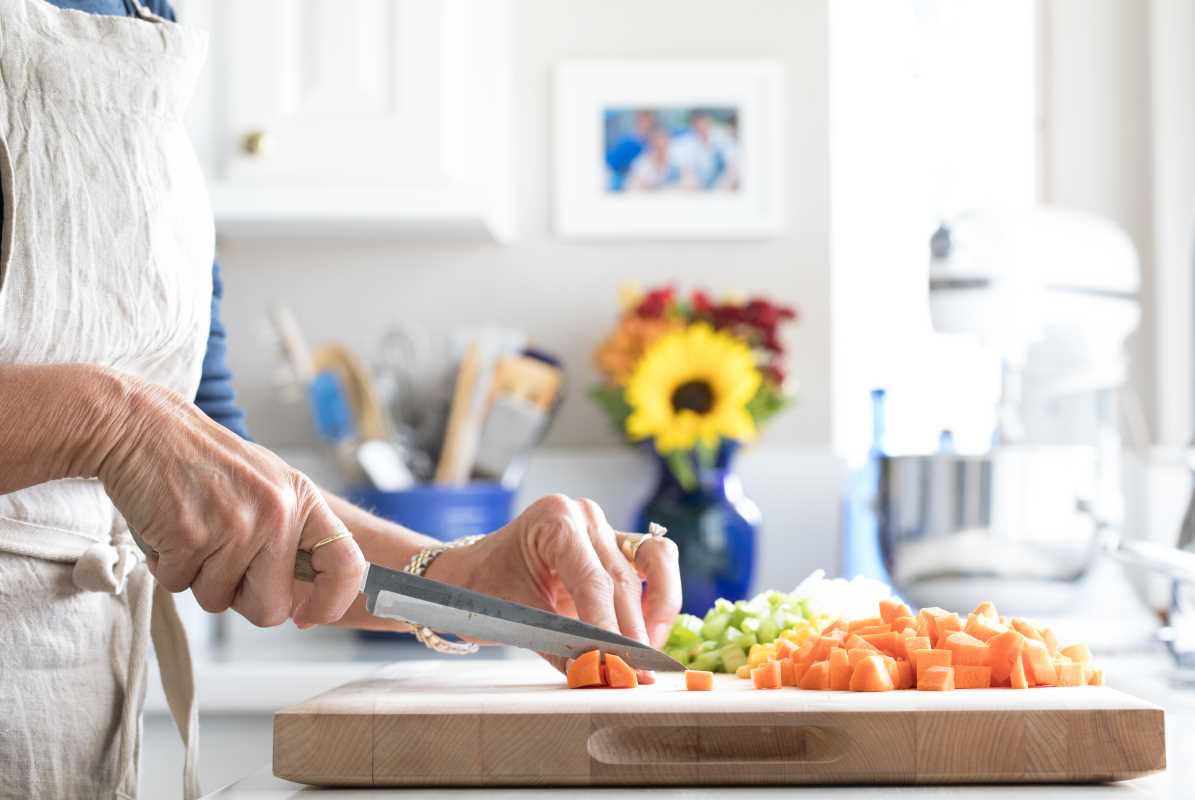Being a caregiver at home is a valuable yet demanding role. From managing schedules and medications to handling daily routines, caregivers often juggle a multitude of tasks while staying attuned to their loved one’s physical and emotional needs. It’s a challenging job, but advancements in technology have made it easier to provide care and maintain balance.
Whether it’s automating tasks, improving communication, or offering tools to monitor health, technology has become an essential helper for caregivers at home. This article explores how caregivers can leverage technology to enhance daily life and provide quality care while also managing their own well-being.
Managing Daily Caregiving Tasks
Technology has simplified many everyday caregiving responsibilities. By automating common tasks and streamlining household duties, caregivers can reduce stress and focus more on meaningful interactions with their loved ones.
1. Smart Home Devices for Convenience
Smart home devices, such as voice-activated assistants (think Alexa or Google Assistant), can make daily caregiving tasks more manageable. Here’s how these devices help:
- Set reminders for medications, appointments, or meals.
- Control household items like lights, thermostats, or appliances with voice commands, making it easier to manage the home while assisting a loved one.
- Use timers or alarms to structure daily routines, offering consistency for both caregiver and recipient.
2. Meal Planning and Grocery Delivery
Cooking and meal prep are major components of caregiving. Apps like Instacart or HelloFresh simplify this process by allowing caregivers to order groceries online or have healthy, pre-prepped meal kits delivered to their door. These tools save time and ensure meals are tailored to dietary needs.
3. Medication Management Tools
Missed or incorrect medication doses can be serious, so many caregivers turn to technology for help.
- Pill dispensers with automated alarms release the correct dose at specific times, ensuring medications aren’t forgotten or misused.
- Apps like Medisafe track schedules, send reminders, and notify caregivers if medications were taken or missed.
Strengthening Communication
Coordinating care often involves multiple family members, healthcare providers, and other caregivers. Technology bridges communication gaps, keeping everyone on the same page.
1. Shared Scheduling Apps
Apps like Google Calendar or CareZone allow caregivers to share schedules with others, such as family members stepping in as backup or healthcare professionals managing treatments. Collaborative scheduling cuts down on confusion and ensures appointments, treatments, and routines are followed.
2. Video Calling for Check-Ins
If you’re caring for someone who can manage solo for part of the day, video calls are a great way to keep in touch without physically being there. Video calling platforms like Zoom or FaceTime allow a quick check-in, offering reassurance for both parties. These calls can also help reduce feelings of isolation for the person receiving care.
3. Emergency Communication Devices
For caregivers managing loved ones prone to falls or medical emergencies, wearable technology like life alert systems is crucial. Gadgets like medical alert bracelets or pendants offer one-button emergency access, ensuring help is only a click away when something unexpected happens.
Monitoring Health and Well-Being
Caregivers often handle monitoring their loved one’s physical and mental health. With modern technology, staying informed about health conditions has become much easier.
1. Health Monitoring Devices
Wearable health monitors, like smartwatches or fitness trackers (e.g., Fitbit), track vital signs such as heart rate, oxygen levels, or sleep patterns. These tools alert caregivers to any significant changes in health and help track progress over time.
For specific conditions, there are specialized devices. For example:
- Continuous glucose monitors (CGMs): Crucial for individuals managing diabetes, these devices monitor blood sugar levels in real time and send alerts if numbers go too high or low.
- Blood pressure monitors: Easy-to-use digital monitors provide readings at home and allow caregivers to share results with medical professionals.
2. Telehealth Services
Telehealth has transformed how caregivers and families access healthcare. Platforms like Teladoc or MDLIVE allow virtual doctor appointments, so caregivers can discuss concerns with medical professionals from the comfort of home. This is especially beneficial for individuals with mobility challenges or those living in remote areas.
3. Apps for Mental Health Support
For caregivers supporting loved ones with mental health challenges, apps like Calm or BetterHelp can provide resources like guided meditation, counseling sessions, or stress management exercises.
Providing Emotional and Cognitive Care
Technology doesn’t just handle physical health; it plays a role in emotional and cognitive support as well, which is just as important for overall well-being.
1. Entertainment and Social Connection
- Streaming services: Platforms like Netflix or YouTube offer entertainment options to brighten up the day, which can be a mood booster for both caregivers and recipients.
- Social media or video chatting: Help loved ones stay connected with friends and family, especially if they’re feeling disconnected or lonely.
2. Cognitive Engagement Tools
For seniors with memory or cognitive challenges, like dementia, technology offers specialized solutions to keep the mind active.
- Brain exercise apps: Games like Lumosity or CogniFit challenge memory, problem-solving, and focus.
- Digital photo frames: Devices like Skylight allow caregivers to upload photos remotely, creating a constant rotation of familiar faces and happy memories for loved ones.
3. Companion Robots
Advances in robotics have introduced companion robots designed to provide emotional comfort. Some robots, like Paro the seal or ElliQ, can engage in conversation, respond to touch, or even remind users to drink water or take medication.
Caregiver Self-Care Through Technology
Caregivers often experience burnout if they neglect their own needs. Luckily, technology can help them focus on self-care and mental well-being.
1. Support Groups and Apps
Online forums, such as those on caregiving websites or platforms like Facebook, connect caregivers with communities of people who understand their challenges. Apps like Caregiver SOS can also provide stress management tools and advice.
2. Respite Care Services
Apps like CareLinx or Elder Care Locator make finding respite care providers easy. Whether for a few hours or a full day, these services allow caregivers some much-needed downtime to recharge.
3. Mindfulness and Relaxation
- Meditation apps like Headspace: Help caregivers cope with stress and regain focus.
- Sleep tracking apps: Promote restful nights and reduce sleep-related anxiety.
Choosing the Right Technology
With so many options, it’s important to determine which tools are worth investing in. Here are some tips for making the right choice:
- Focus on your loved one’s specific care needs. For example, a mobility aid might matter more than a glucose monitor if diabetes isn’t a concern.
- Start with simple tools and build gradually. Introducing too many gadgets at once can feel more stressful than helpful.
- Test and adapt. Not every product works the same for every family. Seek out free trials or demos when possible.
 (Image via
(Image via





